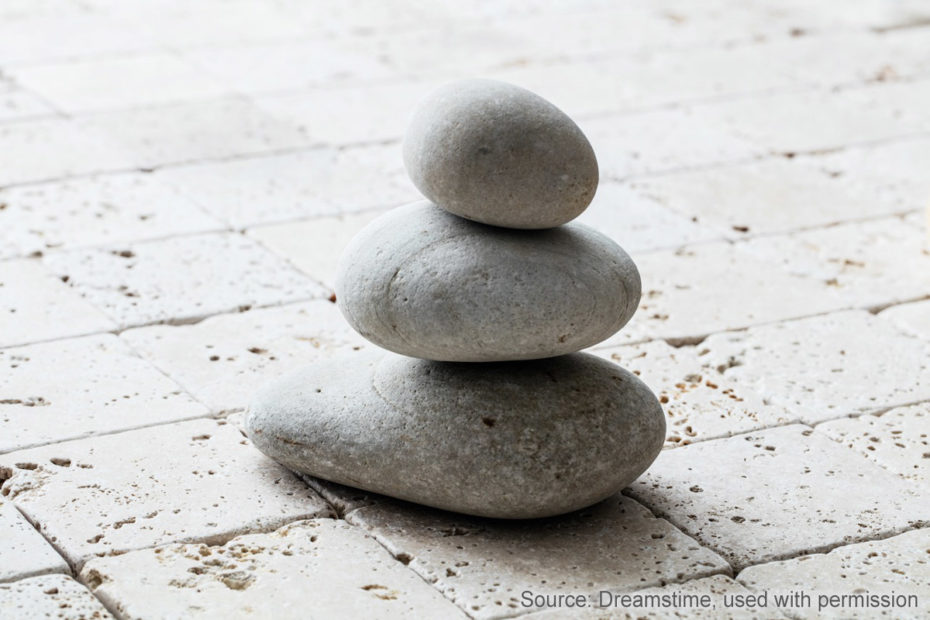How meditation helps us be our own first responders.
“Between stimulus and response, there is a space. In that space is our power to choose our response. In our response lies our growth and our freedom.” — Viktor Frankl
In the immediate aftermath of disaster and trauma, “Psychological First Aid” is internationally recognized as the intervention of choice. Its five core principles include promoting:
- A sense of safety
- Calming
- Self-efficacy and collective efficacy
- Human connectedness
- Hope
Meditation, grounded in cutting-edge science and employed as a virtual oxygen mask for thousands of years, helps us integrate all of these principles into our repertoires so that we may not only survive, but learn, grow, and flourish.
With roots in Buddhism over 5,000 years ago — old-school meditation has undergone a metamorphosis. In its myriad forms, meditation presents a formidable antidote to chronic stress and a way to be our own medicine.
To understand the broad protective effects of meditation practices on our brain and body, let’s start with an overview of the stress response.
Whether real or imagined, stress kicks off a system-wide chain reaction of powerful biochemicals, including cortisol, adrenaline, and dopamine. While this neurobiological rocket fuel is adaptive if fleeing from a grizzly bear in the forest (acute stress), it’s decidedly maladaptive when anxiety makes us ruminate about the same menacing bear springing itself upon us at some unknown point in time (chronic stress).
Here’s why. What’s real in the mind is real in the body, and when our systems are locked in on the perceived danger of an imaginary bear, our brains and bodies marinate in the same powerful stress cocktail as if we were actually in the forest, running for our lives. If unbuffered by lifestyle choices and positive experiences, over time the cumulative effect of stress biochemistry can spur wide-spread inflammation in the body and brain, which impairs mental health, disrupts emotional well-being, and increases the risk for chronic disease.
Now for the good news. If chronic stress is a bear, it’s one we can wrestle to the ground — and meditation helps! By activating our breath, we gain objectivity in responding to our squarely sympathetic nervous system’s alarm to “fight, flight, or freeze.” By interrupting the stress response, we take a step back, pause, reflect and label, and recognize that while it might feel like there’s a fire, in truth it’s only smoke.
Nearly 6,000 peer-reviewed research papers support meditation and mindfulness as powerful tools in stopping and even reversing the system-wide inflammatory effects of chronic stress. Moreover, regular practice can reduce depression and anxiety, elevate happiness, improve cognitive flexibility, and promote both longevity and brain health by dialing back the cellular clock on aging.
The Three Main Categories of Meditation Science
Focused Attention meditations, like Vipassana, are top-down “cognitive” approaches. They focus on slowing — or better yet stopping — our wandering “monkey minds.”
Open Monitoring (OM) meditations, like Mindfulness-Based Stress Reduction (MBSR), are also cognitive-based approaches that require a level of inhibitory effort from our brains. During mindfulness practices, the focus is on non-judgmental observation of thoughts, moods, and emotions as they come and go.
Automatic Self-Transcending practices, such as Transcendental Meditation (TM), allow the mind to transcend thoughts, feelings, chronological time, and body sense by activating the Default Mode Network (DMN, active when our brains are focused on our inner — not outer — lives), catalyzing creativity, insight, self-reflection and inner calm.
With That, Let’s Get Started… Here’s How
While you can try self-guided meditation, if you’re just starting out it might be helpful to use an app like Headspace, Calm, or 10% Happier. For TM, go to Tm.org and find a class or teacher that works for you.
Tips for Your Mental Environment:
- Give yourself permission and time to “be” rather than “do.” That’s it! You deserve this!
Tips for Your Physical Environment:
- Find a quiet space (use earplugs and eye masks if needed) and sit comfortably, preferably with your back straight.
- Start early — first thing in the morning reduces the odds that the day gets away from you.
- Same time, same place. Make it a routine, form a habit, fortify those neural connections.
- Include a family member or Zoom a friend. Group meditation can promote a sense of human connection, boost oxytocin (the love hormone), and there may be quantum-level benefits, too.
On a closing note, meditation is only partly about what happens while we’re sitting quietly, engaged in our practice. Its real superpower is in using breath — as our lungs are portable and available around the clock — to gain access to a safe, clear inner place in our minds, throughout the day. This quick refreshing “dip in the ocean” offers an instant biochemical reset.
Meditation allows us to wipe the fog off of our metaphorical lenses to gain perspective on the world around us. By replacing the deleterious effects of chronic stress with a sense of calm acceptance, we are able to program competence and confidence into our own wiring.
Pause, breathe, and reflect. Recognize that the medicine was inside of you all along.
A version of this article was first published by Turnaround for Children on the 180 Blog.
